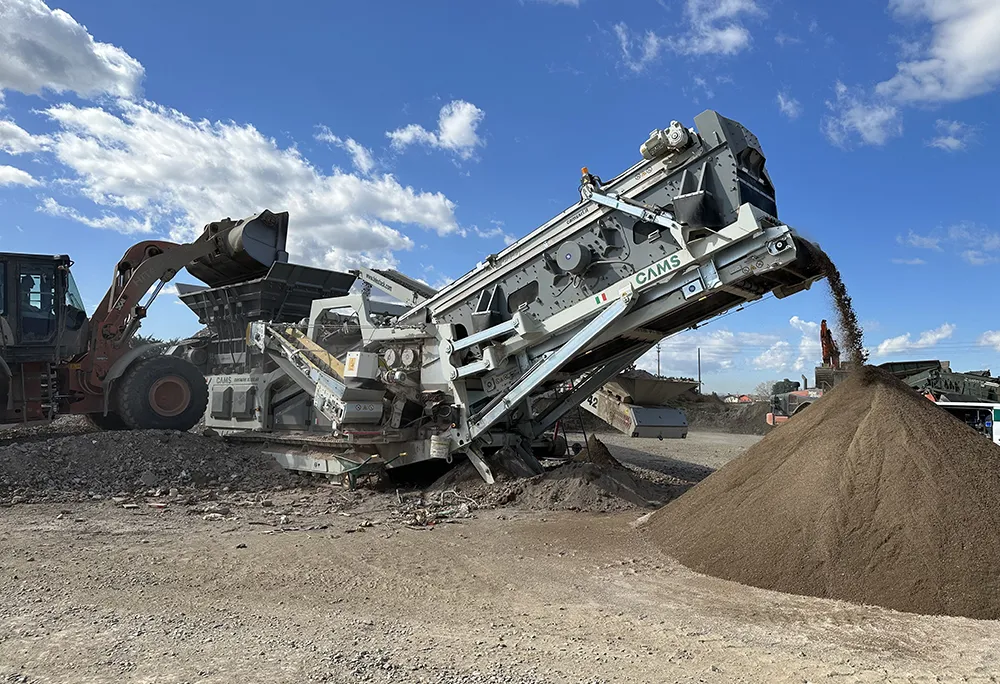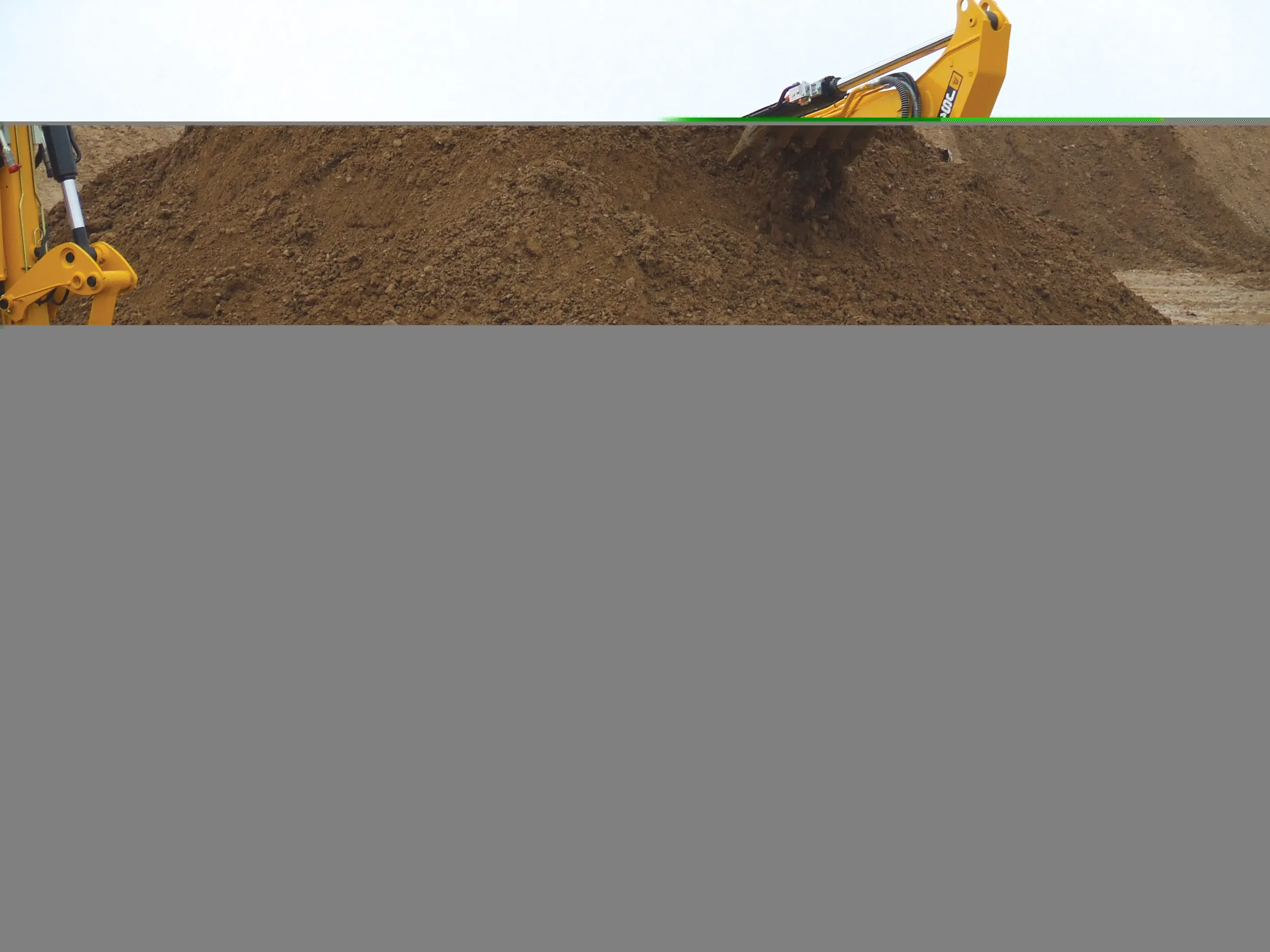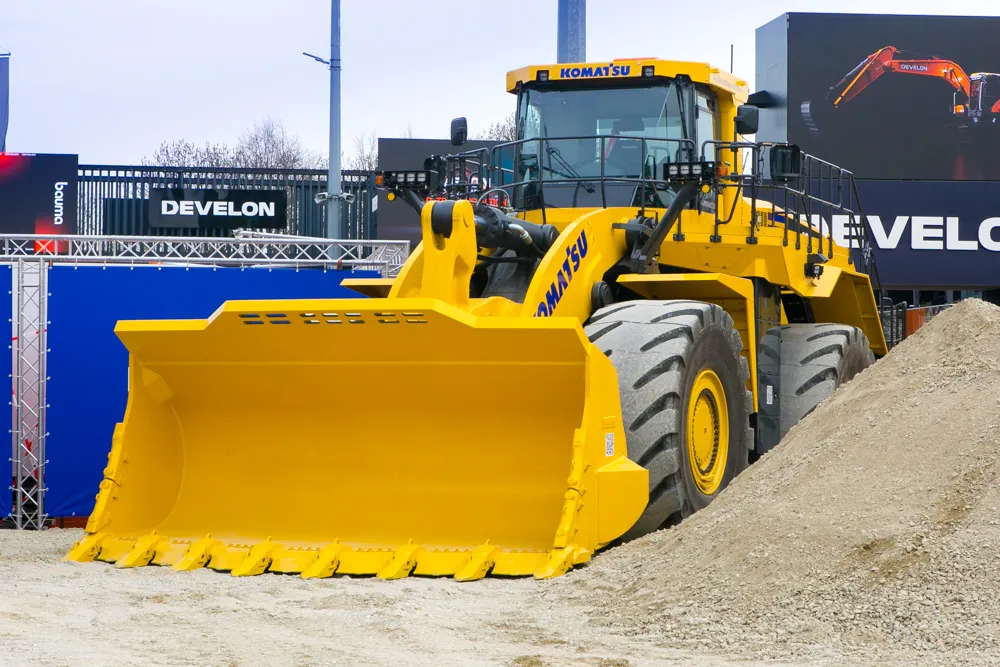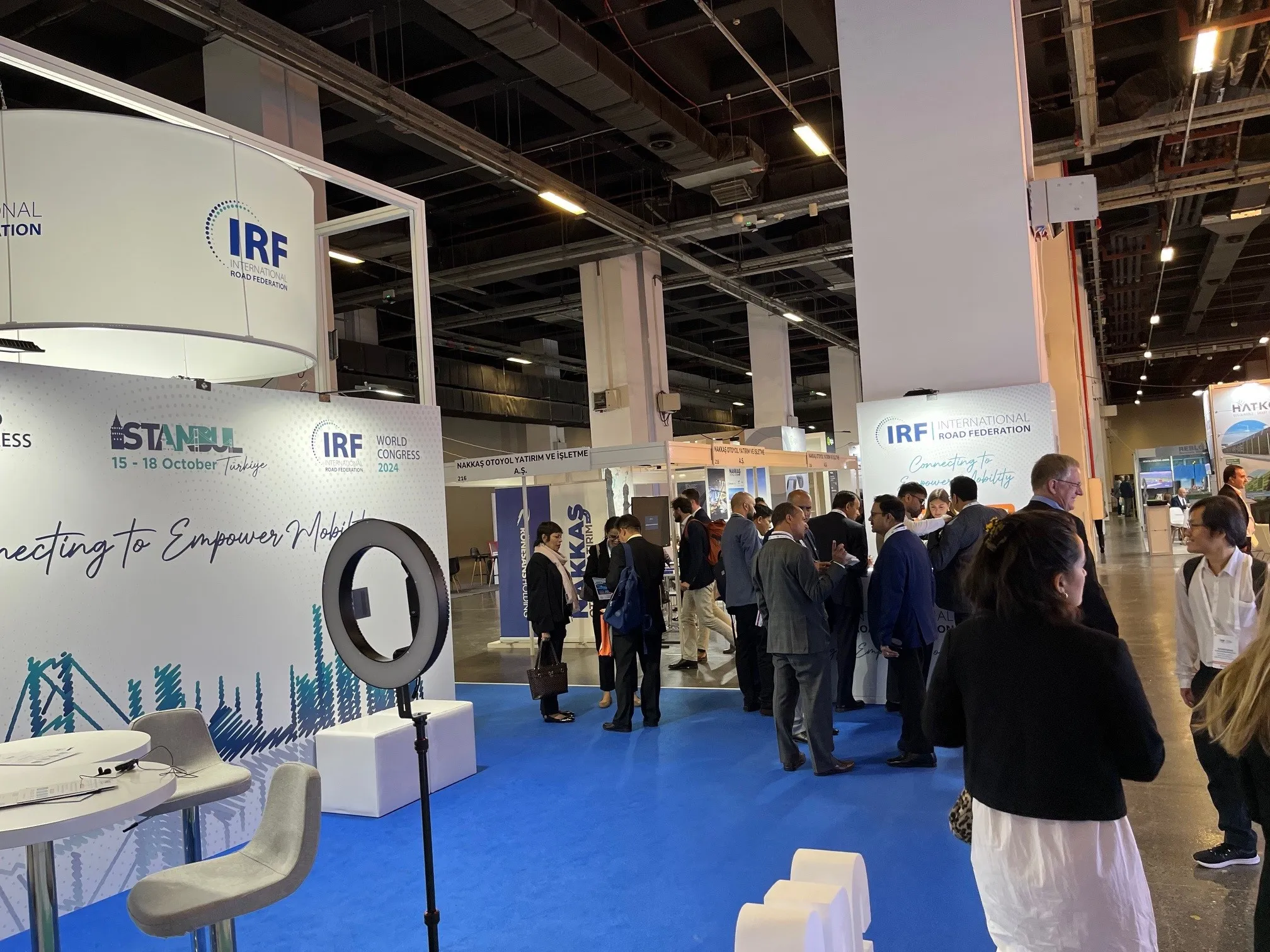Nordic steel specialist SSAB has launched a portfolio of new high strength steels aimed at sectors where structural strength and weight savings are key factors. The Strenx range is available with yield strengths from 600 Megapascal (Mpa) to 1300 Mpa, in plate, strip and tubular formats in thicknesses from 0.7mm to 160mm. The new top of the range Strenx steel is the first major product release since the acquisition by SSAB of Finnish company Ruuki and the merger of their resources. Strenx incorporates the co
January 6, 2017
Read time: 2 mins
Nordic steel specialist 4877 SSAB has launched a portfolio of new high strength steels aimed at sectors where structural strength and weight savings are key factors. The Strenx range is available with yield strengths from 600 Megapascal (Mpa) to 1300 Mpa, in plate, strip and tubular formats in thicknesses from 0.7mm to 160mm. The new top of the range Strenx steel is the first major product release since the acquisition by SSAB of Finnish company Ruuki and the merger of their resources. Strenx incorporates the company’s existing brands of Domex, Weldox and Optim, which will be phased out over time. “Strenx embodies our over 50 years of experience in high strength steels,” says Gregoire Parenty, head of market development at SSAB. The company is able to produce the exceptionally light and strong steel because of purity of materials and consistency of production, he says. By reducing the thickness of the steel plate while maintaining its strength, Strenx allows users to build equipment that is lighter, stronger and more fuel efficient. “This means cranes that can reach further, trailers that can carry more payload and trucks that use less fuel,” says Parenty. The range of thicknesses makes the steel suitable for applications from refrigerators to dump trucks. The steel’s specifications are fully guaranteed. SSAB is offering a customer service programme called My Inner Strenx in which it will provide priority technical support and increased marketing support. SSAB is a global leader in high strength steels with over 17,000 employees in 50 countries and global sales of SEK 60 billion. It runs an extensive educational programme in the use of high strength steels. It also operates some of the most CO2-efficient steel production facilities in the world, claims chief executive officer Martin Lindqvist.









